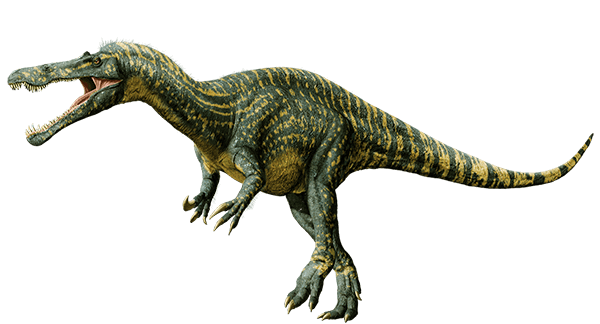 Most people think of carnivorous dinosaurs sinking their teeth into a tasty plant-eater, which they certainly did. But they ate other animals, too. Recent evidence suggests that some dinosaurs preferred fish to meat, and others may have eaten both meat and plants. Fish-eating dinosaurs, such as Suchomimus, were built a little differently from their meat-eating cousins, with teeth designed for gripping their slippery prey. Dinosaur teeth provide basic information about diet, but palaeontologists can discover more details from dinosaurs’ fossilized droppings.
Most people think of carnivorous dinosaurs sinking their teeth into a tasty plant-eater, which they certainly did. But they ate other animals, too. Recent evidence suggests that some dinosaurs preferred fish to meat, and others may have eaten both meat and plants. Fish-eating dinosaurs, such as Suchomimus, were built a little differently from their meat-eating cousins, with teeth designed for gripping their slippery prey. Dinosaur teeth provide basic information about diet, but palaeontologists can discover more details from dinosaurs’ fossilized droppings.
At first, palaeontologists were puzzled by Baryonyx’s long, curved thumb claw. After finding fish near the dinosaur’s skeleton, which suggested that it was a fish-eater, they think they know what the dinosaur did with its claw. Baryonyx probably used it to hook fish out of the water, in much the same way that bears do.
The long, narrow skulls of fish-eaters were more like the heads of crocodiles than those of other dinosaurs. The jaws were packed with about 100 pointed, serrated teeth; Spinosaurus may have dipped its long snout into the shallow waters of a lake or river to search for fish, then crunched them up with its many teeth.
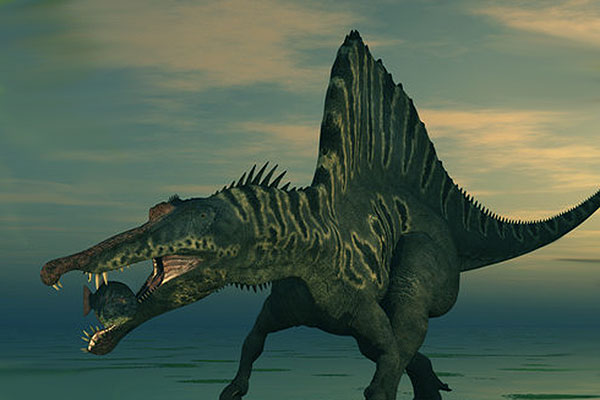
Spinosaurus fishing
Carnivores such as Syntarsus didn’t prey on fellow dinosaurs. Instead, they made do with other animals. Mammals, such as the shrew-like Megazostrodon would have made a tasty snack until a more satisfying meal could be found. Many theropods would also have eaten lizards, turtles, and eggs, including those of other dinosaurs.
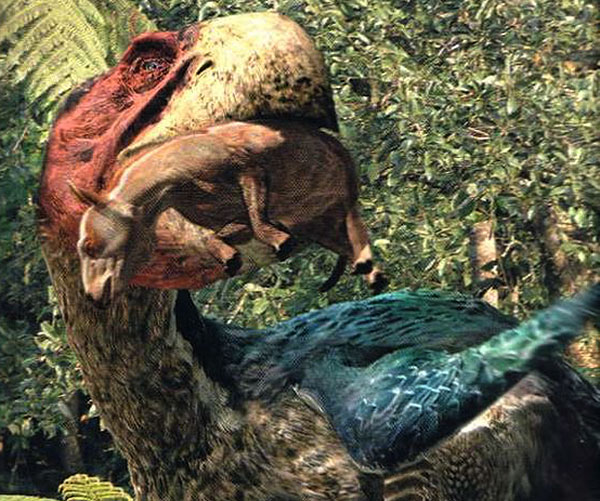
Syntarsus
Most dinosaurs were either carnivores, eating other animals, or herbivores, eating only plants, but a few were able to eat both. The name for these animals is omnivores. Omnivorous dinosaurs were small, bird-like theropods. Omnivore Gallimimus darted about the plains, picking off insects and lizards, and also munching on the vegetation.
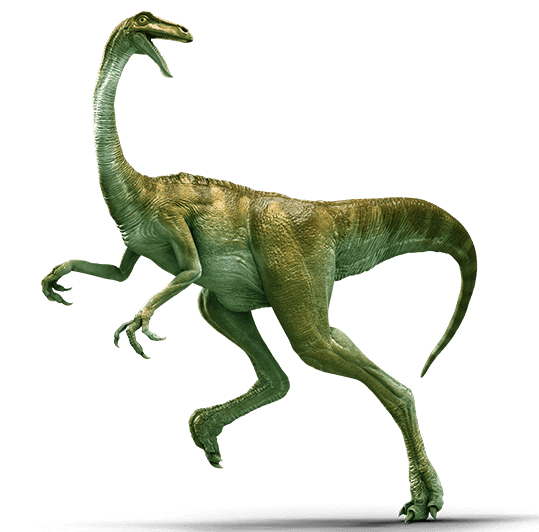
Gallimimus
Fossilized dinosaur droppings, known as coprolites, can reveal valuable information about dinosaur diets. Bits of bone found in a dropping may belong to another dinosaur or other animal, undigested plant matter may contain identifiable spores or pollen. Palaeontologists can even work out the shape of a dinosaur’s intestines from the shape of the coprolite.
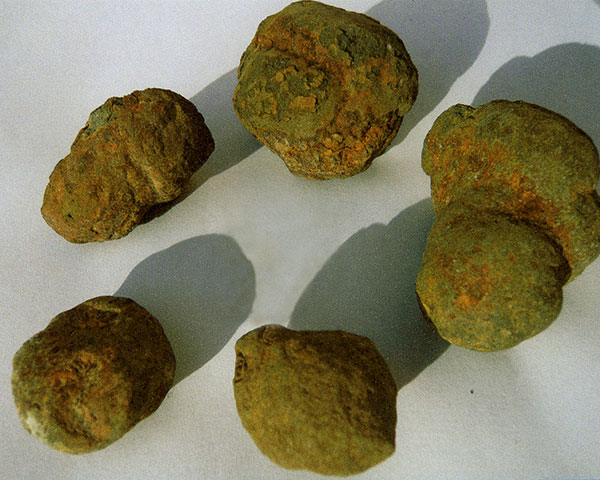
Coprolites (dinosaur poo)